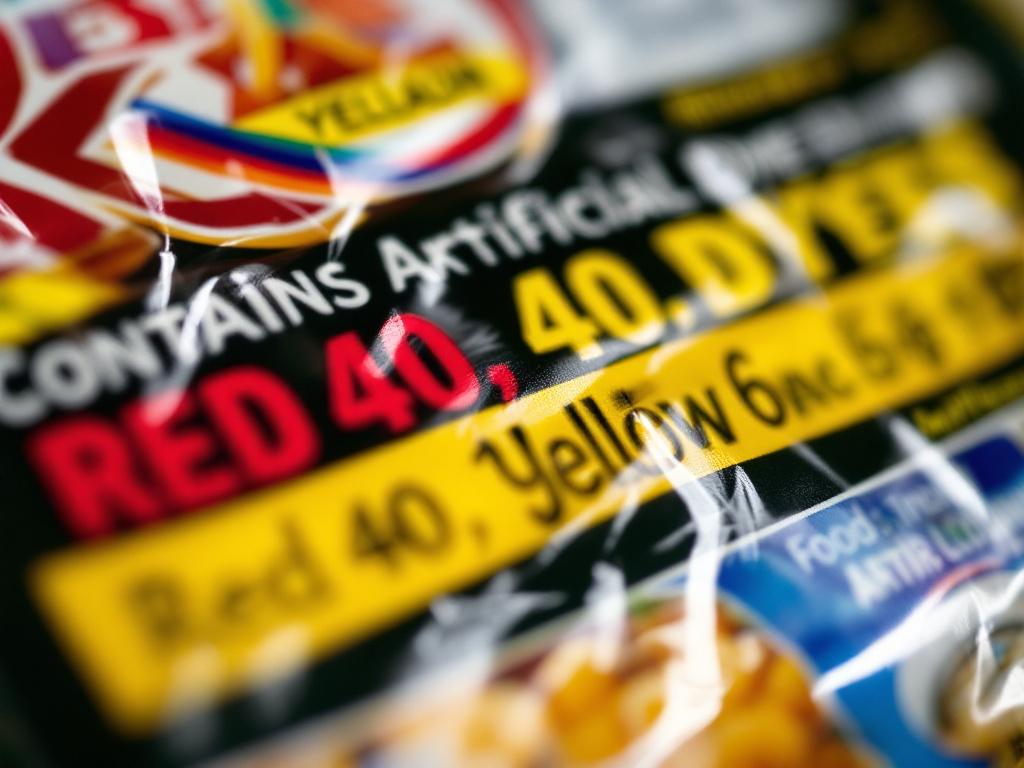Introduction
Recently, Secretary of Health Robert Kennedy Jr. made the bold move to grant food companies a 24-month period to eliminate certain artificial dyes from their products. This decision has provoked thought-provoking discussions, raising questions about the history of these dyes in our food supply and the motivations behind their prolonged presence. Are these regulations too little, too late? Why are they only being enforced now? Let’s delve into the issues surrounding artificial food dyes like Red 40 and Yellow 6, and what it means for our health and food industry.
The Problem with Artificial Dyes
Artificial food dyes, including Red 40 and Yellow 6, are commonly found in processed foods. They are derived from petroleum and serve as coloring agents to enhance the appearance of products, making them more appealing to consumers. But are these additives safe? The evidence increasingly suggests otherwise; studies have linked them to behavioral issues, allergic reactions, and even cancer.

In particular, Red 40, one of the most utilized food dyes, has been shown to cause hyperactivity in children and has raised concerns among parents and health advocates alike. Despite existing research, many food manufacturers have continued to use these dyes without reconsideration of their impact on public health.
Why Now? Why Not Sooner?
This leads us to the core of our conversation: if the dangers of these artificial dyes are so well-documented, why have food companies been allowed to use them for so long? And why does Secretary Kennedy believe it will take a full two years for companies to comply with this new directive?
The slow realization and response to the harmful effects of such dyes by companies and regulators alike paint a concerning picture of our food safety standards. It raises the question of corporate responsibility versus governmental action; is there a lack of urgency in addressing health risks that directly affect consumers? If food safety regulations had been adequately enforced from the outset, perhaps we wouldn’t be grappling with unhealthy additives today.
The Call to Action
It’s commendable that Secretary Kennedy has taken a stand on this issue, yet many wonder if two years is truly necessary. Should there not be a more immediate pathway to remove harmful substances from our food supply? The momentum created by this announcement could serve as an opportunity to accelerate the process and encourage companies to make changes faster.

Conclusion
In conclusion, while the recent initiative by Secretary of Health Robert Kennedy Jr. to phase out artificial food dyes is a positive step, it invites pressing questions that require further exploration. Understanding the implications of artificial dyes—along with the reasons for their historical presence—helps us better confront the complexities surrounding food safety regulations today. The question remains: when will we prioritize health over aesthetics? It’s time for all involved—food manufacturers, regulators, and consumers—to demand better for our food supply.

Thank you for engaging in this critical conversation. Let’s work together toward a healthier future, starting with the food we consume.




